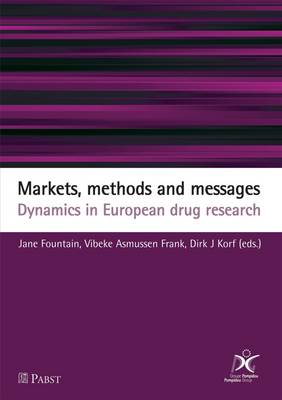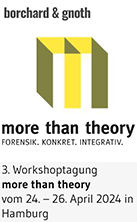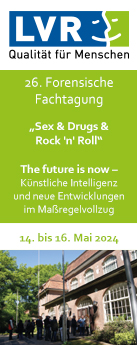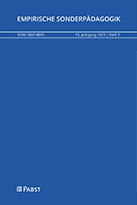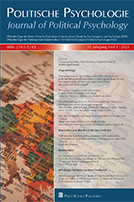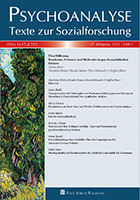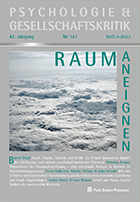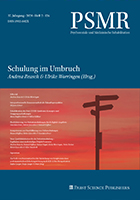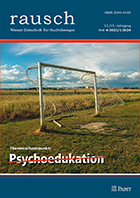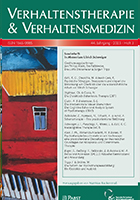Messages in the mass media shed light on how people are thinking about drugs, and they also both reflect and influence policies on drugs. However, that is by no means saying that media messages are a true representation of drug users' and suppliers' own experiences and perceptions. Here lies one of the critical problems of drug policy: the issue of which methods and messages will be most effective in managing the drug market.
Markets, methods and messages are the three central themes of this book, with a focus on Europe. Authors include social scientists from a range of disciplines, including psychology, sociology, anthropology and criminology. In reporting on their systematic research on drug use, drug users and drug suppliers, some authors address one of the themes, others a combination. Together, their contributions illustrate the dynamic nature of drug markets, messages about drugs, and methods of investigating the world of drug users and suppliers.
Contents:
Dirk J. Korf: Psychedelic musicians, Muslim dealers and domestic marijuana growers: an introduction
Alfred Springer: Taking drugs to make music to take drugs to?
Alastair Roy: Race, place, religion and drug supply
Tim Surmont, Freya Vander Laenen & Brice De Ruyver: Finding respondents in local marihuana markets
Gary R. Potter, Caroline Chatwin: Researching cannabis markets online: some lessons from the virtual field
Ross Coomber: Using the internet for qualitative research on drug users and drug markets: the pros, the cons and the progress
Ulrik Solberg, Roumen Sedefov, Paul Griffiths: Developing a sound methodology to monitor the online availability of new drugs/legal highs
Matilda Hellman: Finnish press narratives on drug addiction at different times during 1968-2006: role divisions and their inherent responsibility allocation
Jakob Demant, Signe Ravn, Anne Marie Lyager Kaae: The glamour makes the difference. Discourses on cocaine, amphetamine, and ecstasy in Danish media
2011, 160 pages, ISBN 978-3-89967-741-6, Price: 20,- Euro


